Starting last January, I decided to do a systematic survey of the birds in Phillips park, Newark (Delaware). I followed the protocols of eBird, an online database of bird observations that is a joint effort of the Cornell Lab of Ornithology and the National Audubon Society. The protocols for a travelling count in eBird are simple: they involve recording the date and time, distance travelled, number of people in the birding party (Thank you to the numerous others who joined me to help out!), and identifying and counting as many birds as possible. There are general categories for birds identified to group of species but not individual species, and when possible, options for identifying age and sex, and taking other notes.
I entered all data from the survey into eBird, where it is combined with other observations and data, and viewable by the public. The survey is now complete, with some gaps and limitations, which I discuss below. In general, there are at least 2 observations for most weeks, and more during the spring and fall migrations.
You can view the results of this survey in eBird’s data for Phillips Park.
Bird Highlights:
I was astounded by the amount of biodiversity in this small city park, especially given that it has little open water and thus does not attract waterfowl. I wasn’t quite sure exactly how many species I was going to record, but I was astounded when the count soared into the 90’s, to the current tally of 97. I had expected something more in the 70’s. For reference, eBird currently has records of 298 species in New Castle County. Many of these, however, are one-time rarities and birds (mostly waterfowl) highly unlikely to be seen in the habitat of Phillips park.
I think that the majority of the biodiversity in this park is due to the presence of wild habitat where plants are allowed to grow, largely unmaintained. There are two separate tracts of forest, and between them, a wetland. These areas contributed the majority of species observed in the park: the playground area with mowed grass and planted trees, by contrast, contained some birds, but even there, the birds usually kept to the wild, unmaintained areas around the edge. The pattern that is clear here, and obvious to any ecologist, is that even small wild, unmaintained areas have immense ecological value, whereas carefully controlled areas have much less ecological value.
…wild, unmaintained areas have immense ecological value…
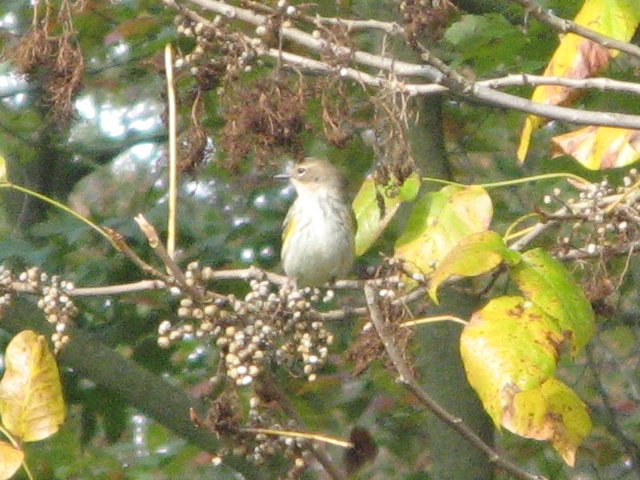
A yellow-rumped warbler, feeding on poison ivy berries in Phillips Park, October. This species was common and abundant during October and the second half of April through the first half of May.
Unusual Species:
The most interesting species, to me, were seen in migration, including a rusty blackbird, swainson’s thrush, wilson’s warbler, rose-breasted grosbeak, and swamp sparrow. Not only did broad-winged hawks fly over, but I saw one in the park’s forest during migration. There were also some interesting out-of-season and out-of-range birds, including a ruby-throated hummingbird that stayed into the first week of october, a few observations of the more northerly black-capped chickadees during the winter, and the biggest highlight, an American redstart in the third week of November, a full month later than this bird is normally observed in Delaware.
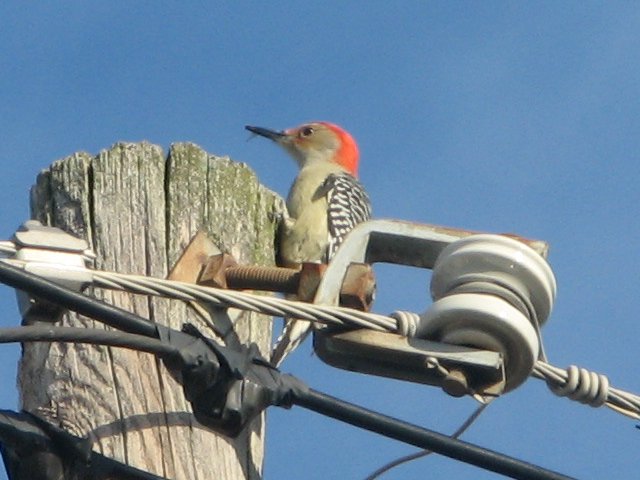
The red-bellied woodpecker is a year-round resident of Phillips park. Normally preferring the forested areas, this woodpecker is comfortable around humans and often ventures into more human-altered habitats.
Flyover-only Species:
A number of species were observed only as flyovers, including mallard, common merganser, osprey, and cattle egret. Canada goose and ring-billed gull were very common flyover species; I never saw a goose land in the park, but I once saw a gull perched on a light post.
Mammal Highlights:
In addition to the birds, I also observed a number of mammals in the park, including a fox, seen multiple times, a raccoon, and an opossum. I once saw a red squirrel, and of course, a near-infinite amount of grey squirrels, and a fair amount of rabbits. The most exciting mammal was probably a beaver, which I saw swimming under the ice in the stream that runs through the park, just a few weeks ago.
Trends in Bird Observation and Distribution:
There is enough data to see the clear distinction between most year-round resident species, wintering species, summer breeders, and migrant-only species. Most of these species follow the typical trends for this county of Delaware, but there are a number of species that breed in this county, only a few miles away, but only used this park in migration, such as the Northern Parula, Acadian flycatcher, and Ovenbird. For these three species, the forest in the park is probably too small and fragmented to be suitable habitat.
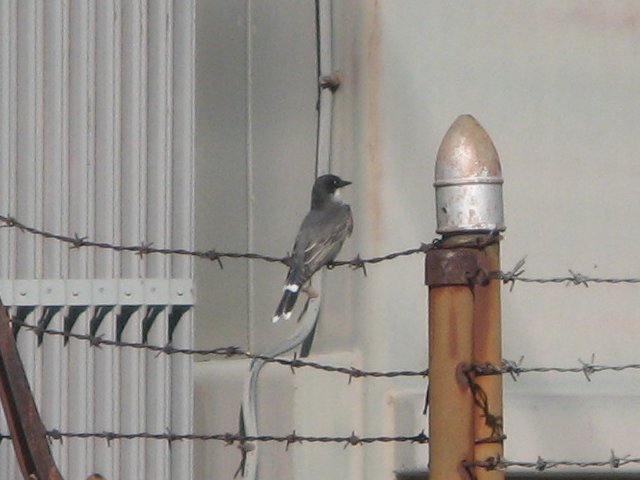
Not all birds prefer natural habitats. Eastern Kingbirds, which breed in Phillips park and were present May through August, are most frequently seen around the power station, where the open environment and numerous perches make it easy for them to catch large insects. This kingbird has atypical plumage probably due to missing feathers.
Very evident from the data is a trend in blackbird distribution. Blackbirds are a family of North American birds, Icteridae. The main blackbirds observed in the park were red-winged blackbird, common grackle, and brown-headed cowbird. These birds, especially grackles and red-winged blackbirds, were abundant in the park last winter, possibly because they moved into the city in response to the large snowstorms. All three species were abundant april through June, but by July, most had departed and there were only sporadic observations subsequently.
Hawks, and to a lesser degree, falcons, used the park extensively. I have seen six species of raptors hunting in the park. The most regularly-observed hawk was the red-shouldered hawk; red-tailed hawks were less common. Interestingly, these two species did not seem to interfere with each other: I once saw two hawks, one of each species, perched in the same tree, very near each other, ignoring each other. Cooper’s hawks were regular but less common in the park: twice I observed a pair. I only observed sharp-shinned hawks in the fall but I am very conservative/cautious on my IDing of these two similar and easily-confused birds, and it is likely that some of my generic Accipiter sp. observations are sharp-shinned hawks.
Limitations of the Data:
Like any birder, I’m better at observing and identifying some things than others. There were a number of birds that I saw over the year but could not clearly ID.
Probably the largest limitation of the data, however, is due to my limited skills at locating birds. Some apparent patterns in the distribution of certain species are actually reflecting the fact that I got better at locating birds in this park as I became more familiar with it. For example, if you look at the records of pigeons, you will see they only start appearing from June onwards. This is because I learned how and where to look for pigeons from the park: I mostly saw them flying overhead towards the eastern end of the park. I also got much better at spotting hummingbirds, and realized to look for them in the wetland area, which I only learned in September.
Also, some of the apparent gaps in data in the summer are due to my taking of vacations, which makes the data sparser during these times.
However, other gaps are genuine gaps. With only one year of data, and with myself as the main contributing birder, it’s hard to know for certain which gaps reflect a legitimate absence of species, and which are a function of my limited experience and ability to locate and identify birds.
Environmental Issues in Phillips Park:
Unfortunately, there are a number of serious environmental issues in Phillips park. The stream running through it is often not particularly clean. On one day, I saw a fair amount of oil in the stream, pictured below. On several occasions, the same stream reeked of sewage.
Another issue which is less visible and largely odorless is the use of herbicides. A while back, I wrote in my blog about herbicide use by the city of Newark, in Phillips Park. In Phillips park and elsewhere, the city uses Roundup, an herbicide that is known to be highly toxic to amphibians.
Lastly, there is a fairly major problem with litter and trash in the park, both along the path and in the wild areas and stream. I’ve occasionally picked up a few pieces of trash (I could do more, I admit), but I’ve also seen other Newark residents regularly (daily) picking up trash, which suggests that the litter problem is actually much more serious than one might realize just by looking at the amount in the park.
Another problem I’ve seen in this park is the dominance of invasive species in some areas. The two main invasive species that I see in this park are non-native honeysuckle and multifloral rose, although there are numerous others present as well. On a good note, however, the native blackberries and black raspberries seem to be holding their own against the non-native Japanese wineberries.
There is also a lack of healthy tree stock in the forest. Many of the larger oak trees are hybrid oaks, not single-species. Similarly, some of the trees planted are sterile cultivars, such as a seedless sweetgum. Some of the planted trees are not native: although some are native to North America, many are not native to this particular region or habitat. Refraining from planting and allowing native trees to come up wild is probably healthier for the forest than planting trees that will not contribute to a healthy population of native trees, although it would be nice if the city would locate and plant a few suitable native trees from healthy local populations.
This park is by no means the most contaminated or littered park around: it’s just an average city park. In some sense, the numerous environmental problems in this park highlight problems that exist virtually everywhere in the United States. Although it was not my primary purpose in conducting this bird survey, I definitely learned a lot about environmental issues in city parks by spending more time in this park over the course of the year-long survey.
Continuing Onward?
There are a lot of open questions and issues, and things I’m hoping to achieve by sharing this post about the survey:
- I am going to continue to survey this park to see what happens in the coming months. I will likely be in Newark through May.
- I would like to encourage people to continue this survey and start other, similar surveys of other local parks. I would like to dedicate some time to train people how to start using eBird to tally data. Stay tuned for updates about upcoming events!
- Hopefully, the city, its residents, and other concerned parties can take action to address some of the environmental issues in the park. Some of them, such as the refraining of planting sterile or non-native trees, can be implemented immediately, at no cost. I am also convinced that some of the herbicide use in the park could be immediately halted without any increased costs or adverse effects.
- I am hoping that this survey can convince others of the ecological value of leaving land to grow wild, even small tracts of land in urban and suburban areas. This park’s biodiversity is largely a function of its wild areas. Maintaining property is costly, time-consuming, and destroys the ecological value inherent in land. If this survey can convince the city and residents to spend less time mowing and trimming and more time just letting plants grow wild, I will have accomplished one of my goals.

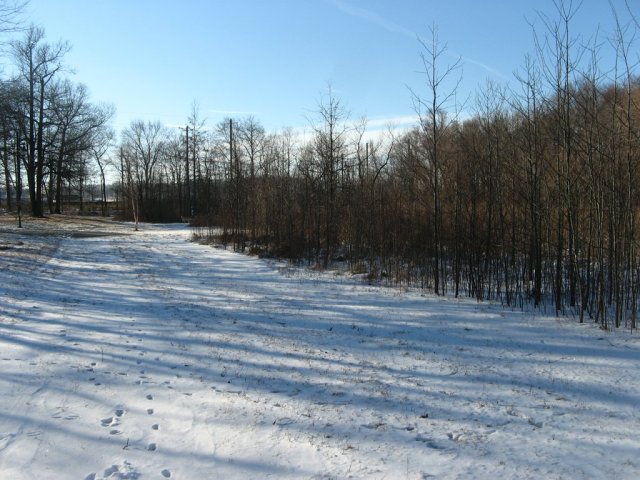
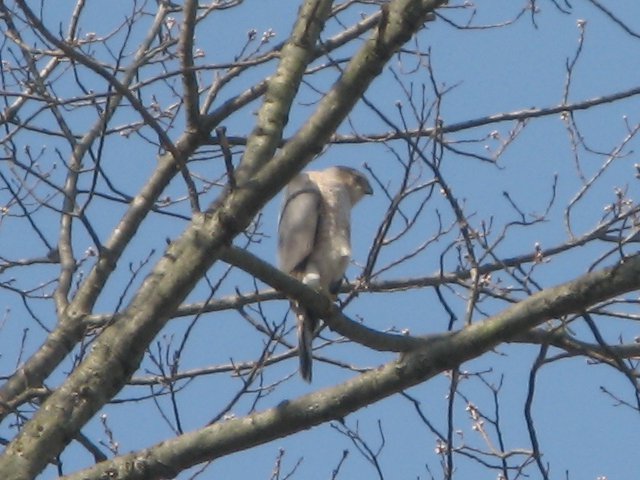
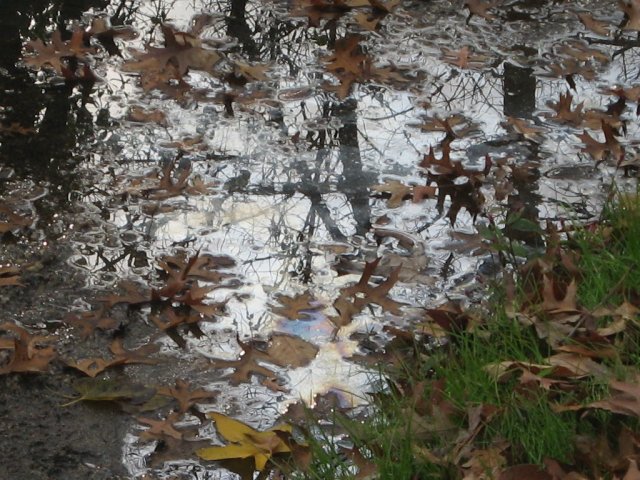
A most informative and enjoyable report, Alex. I’m interested in this park as a longtime resident of the City – having been introduced to it by M. L. I hope you have/will submit it to your representative on City Council as well as others in Newark government. (I’m certain Mayor Funk will be interested.) Thank you very much for your effort.
Some great pictures there Alex. Especially like the one of the woodpecker.
We recently had an RSPB birdwatching day here in the UK to see what type of birds we had across the nation’s back gardens – and it turned out we have quite a few exotic ones thanks to the recent ‘big freeze’ pushing these birds our way.
Keep it up with the blog – it’s my first visit here and I think I’ll be back again soon!